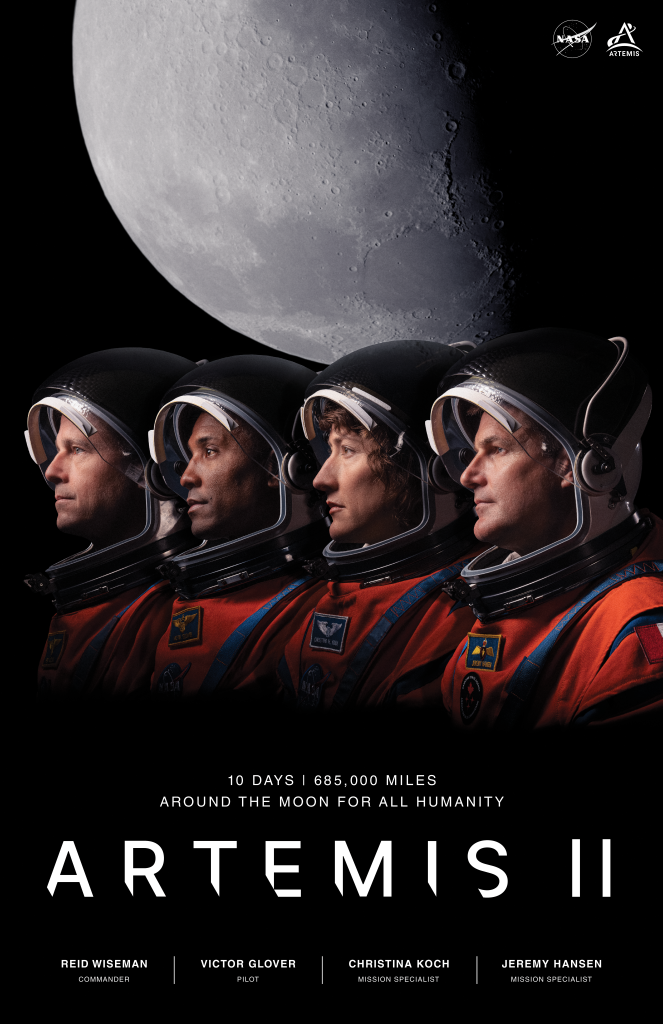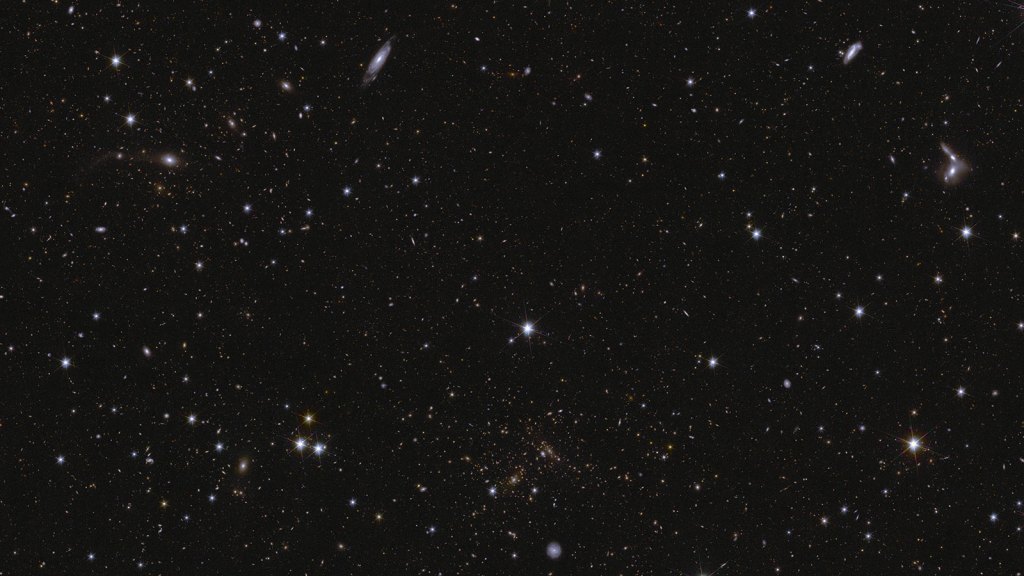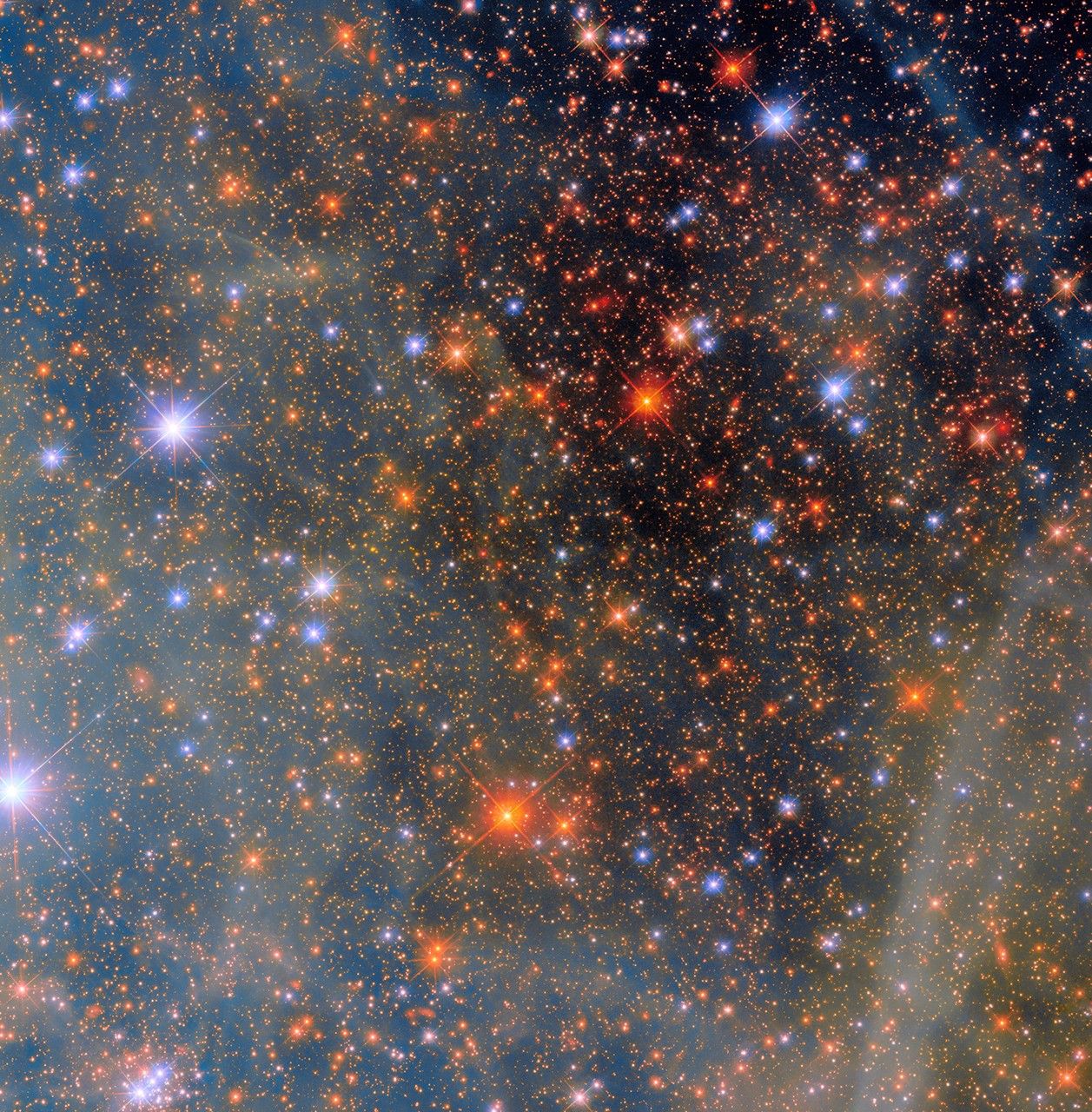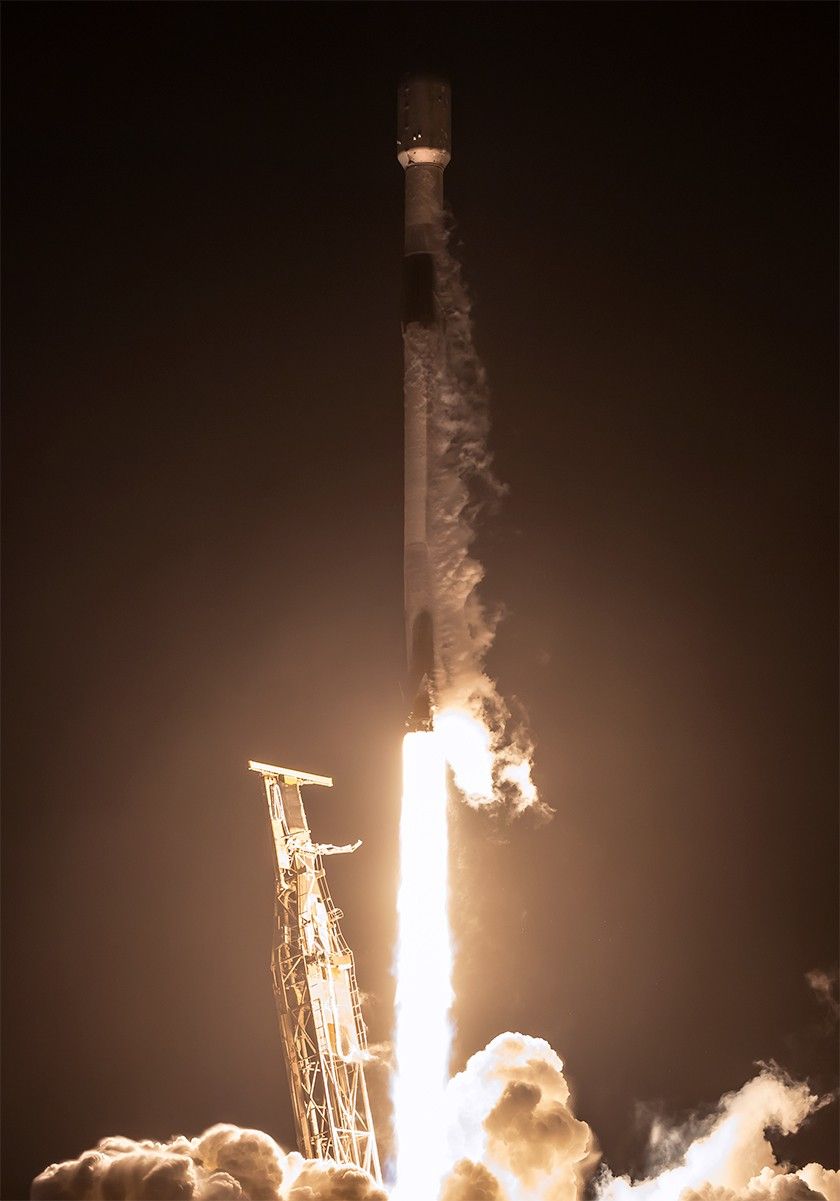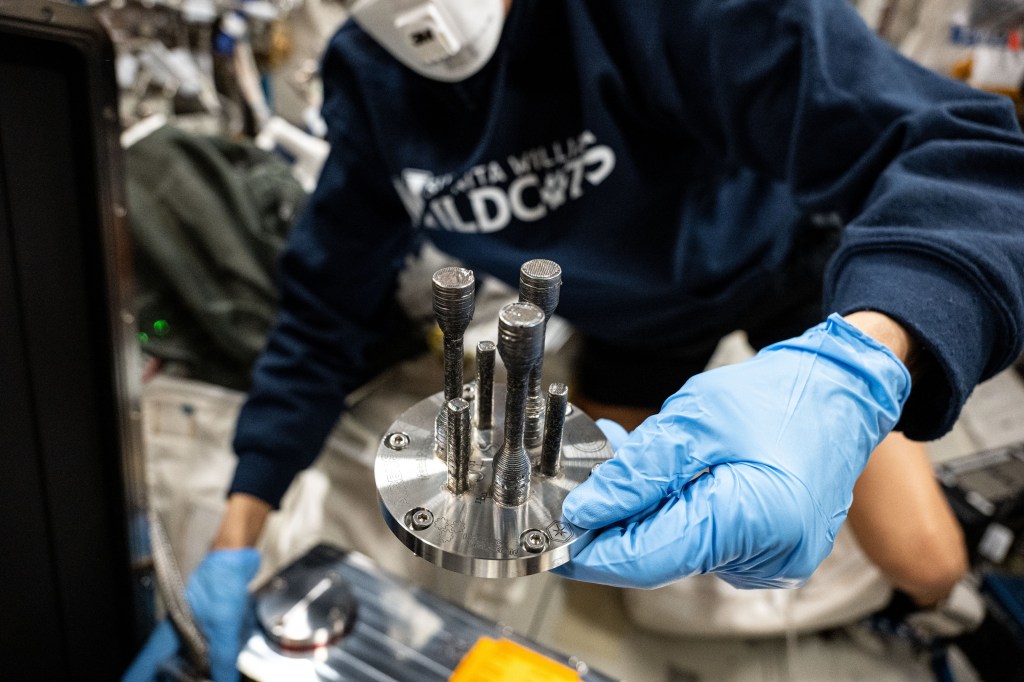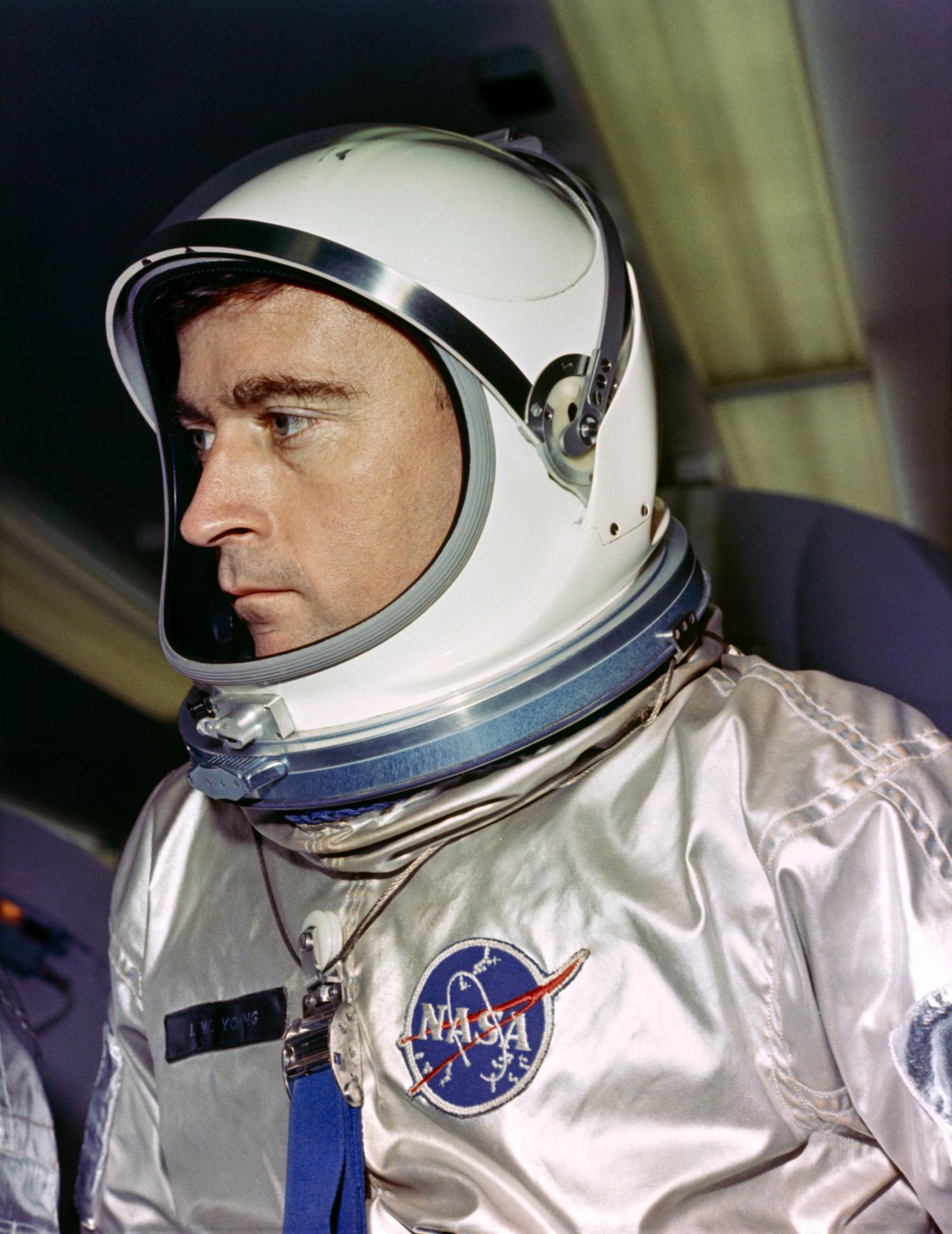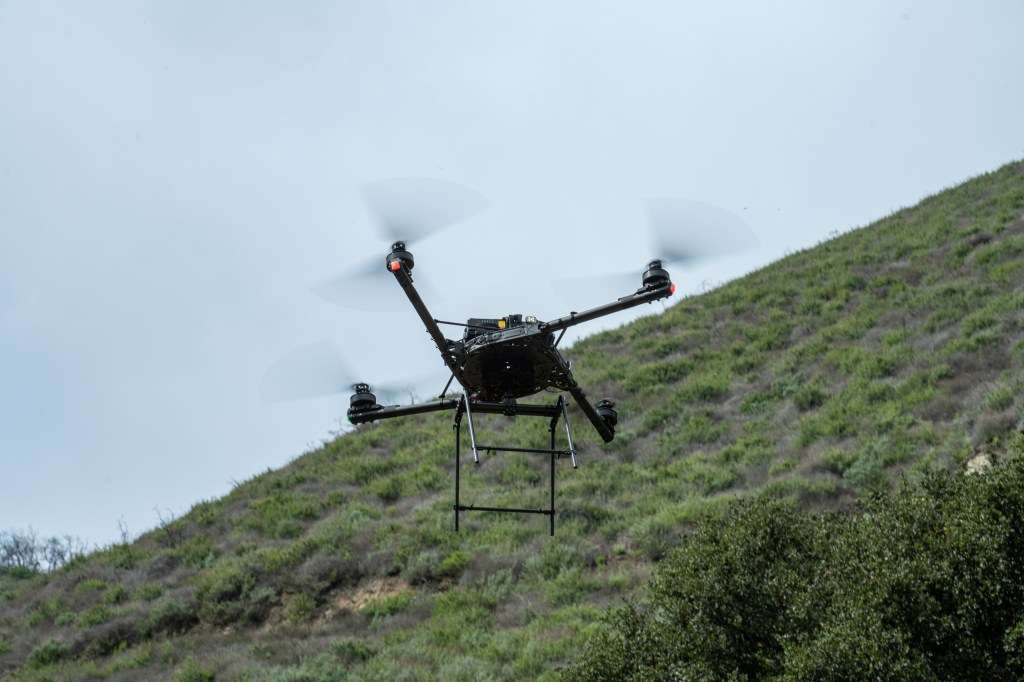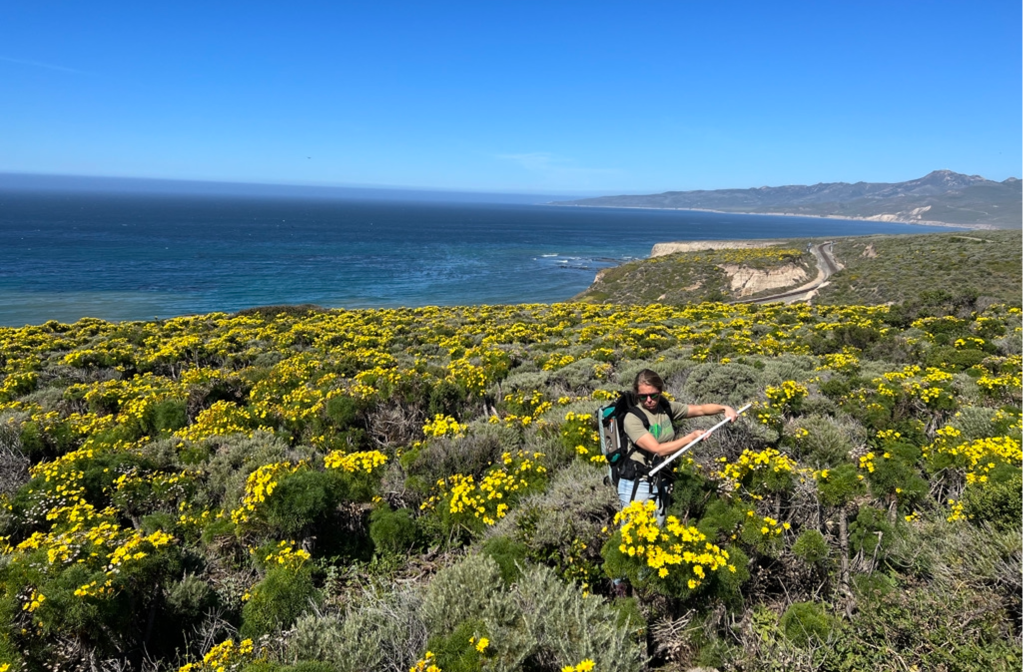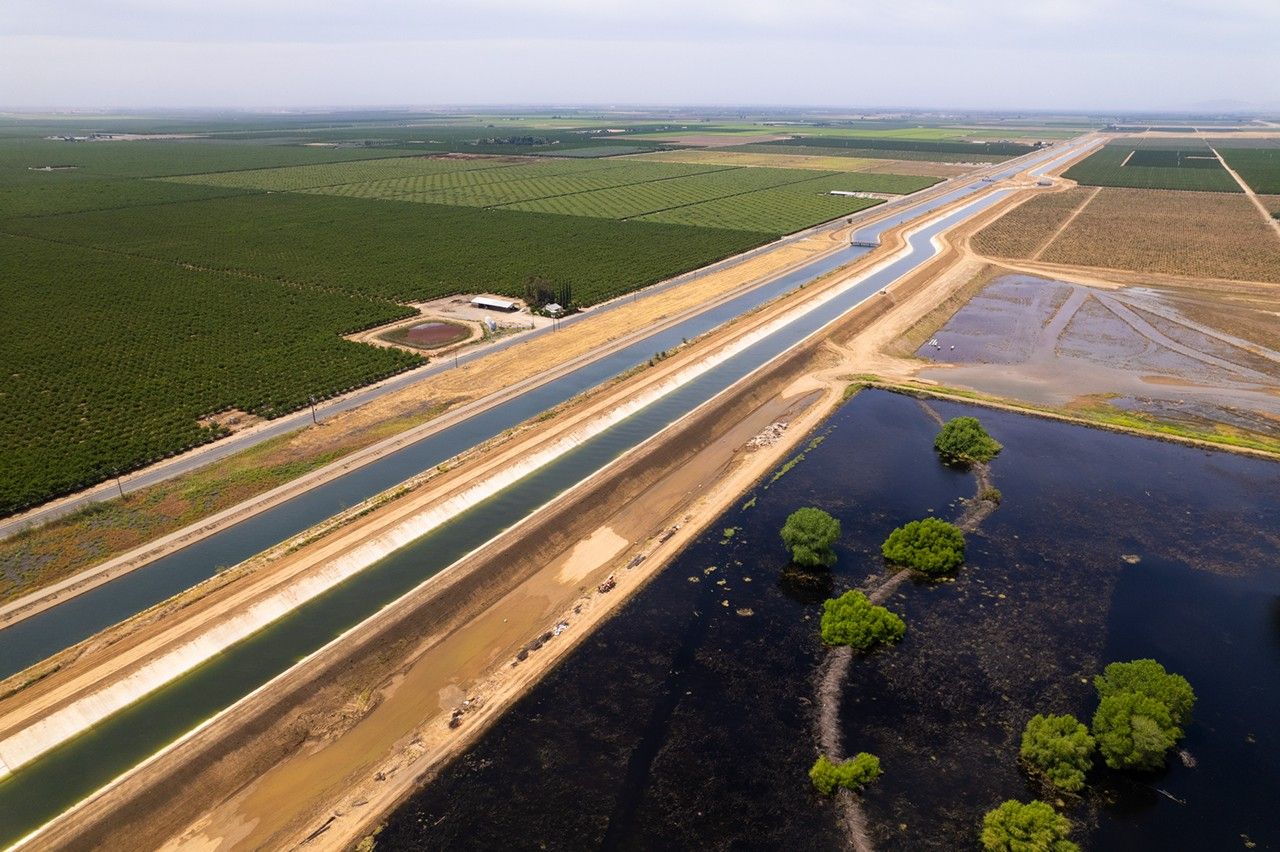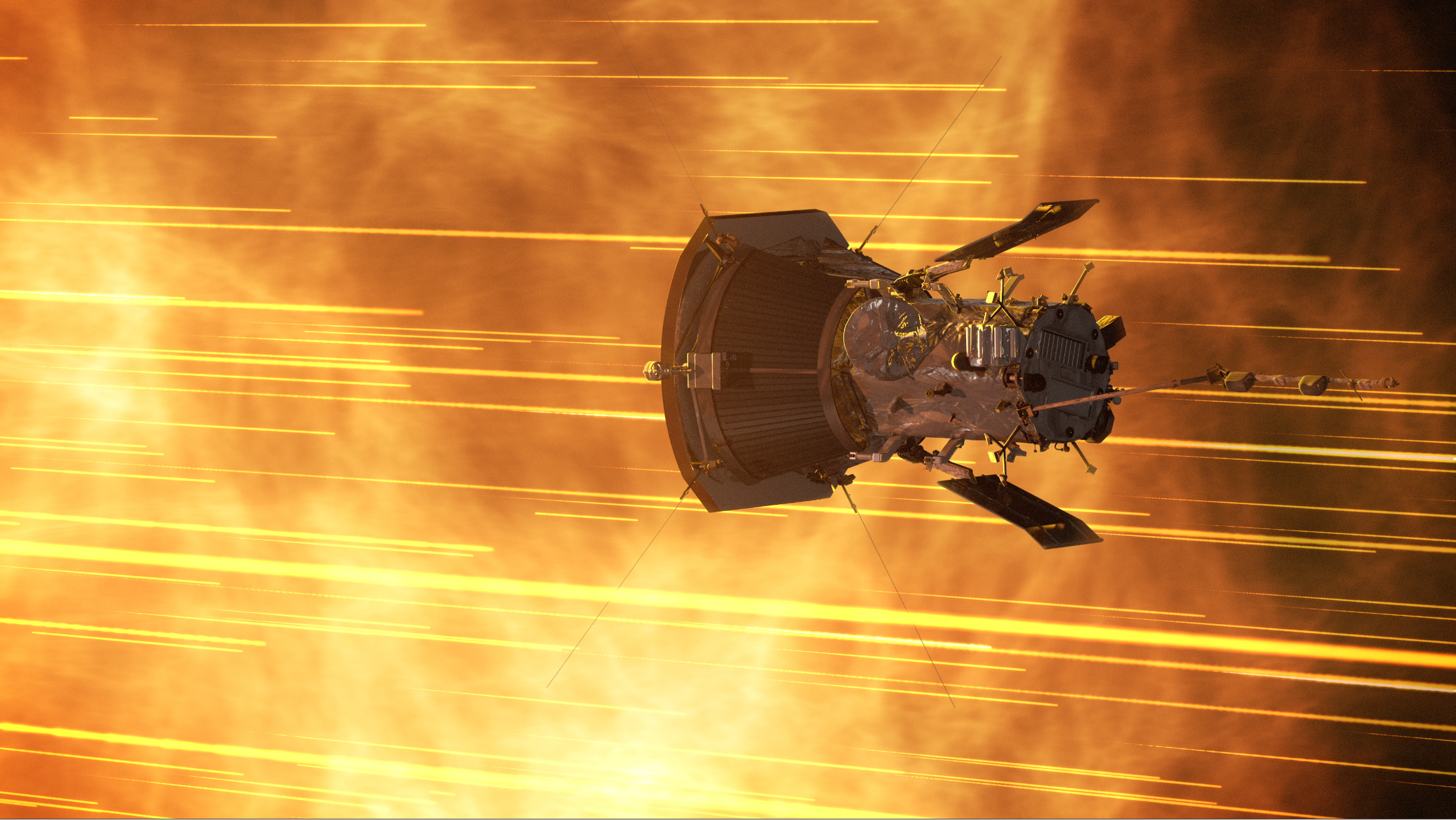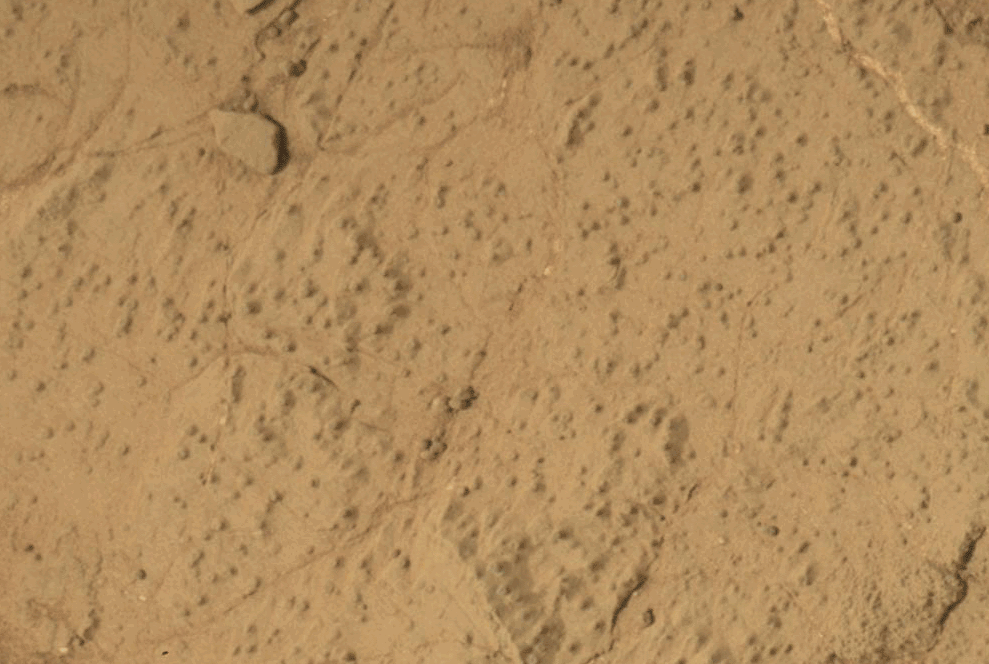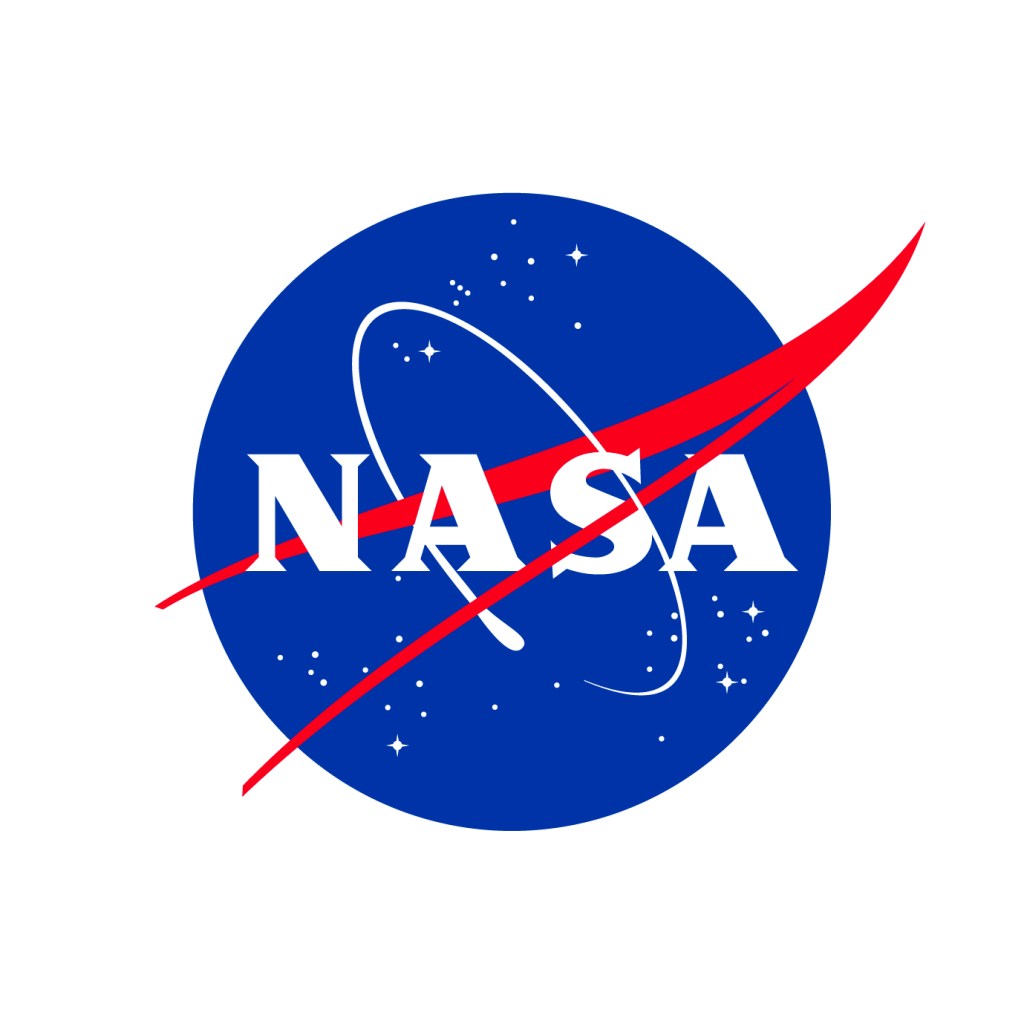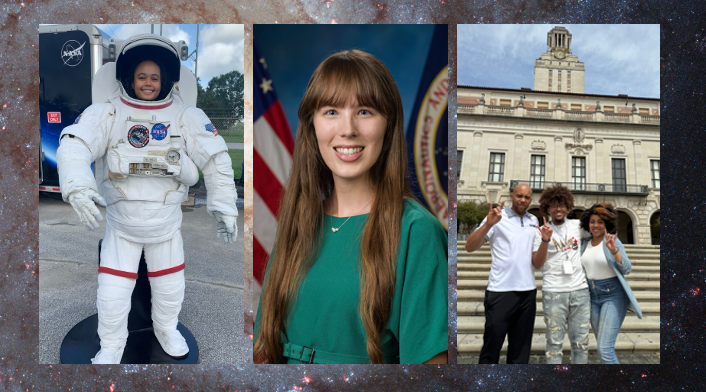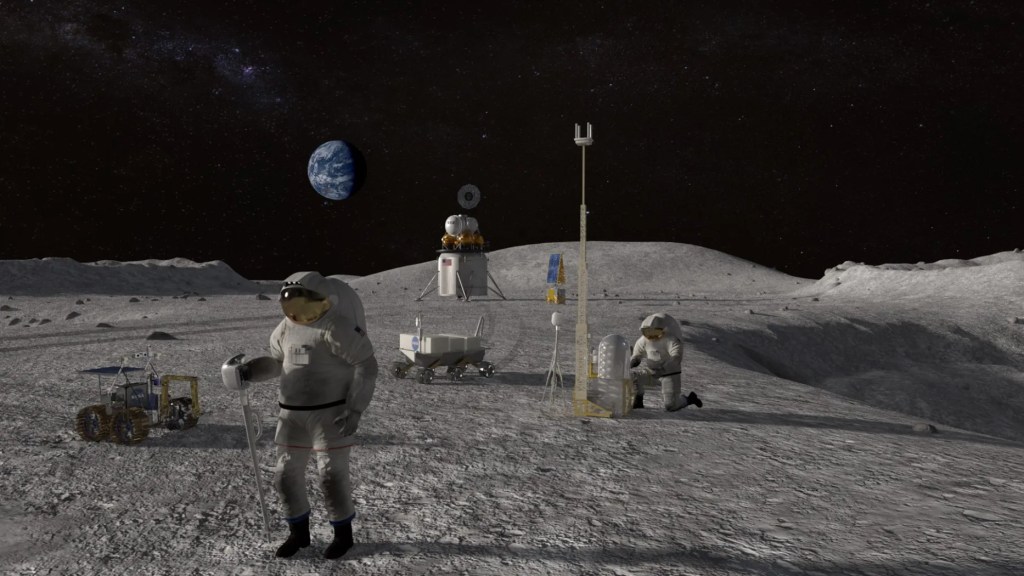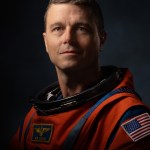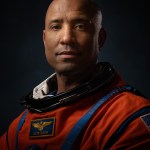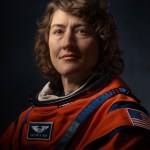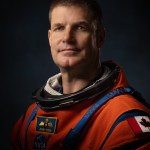Our Artemis Crew
Meet the astronauts who will venture around the Moon on Artemis II, the first crewed flight aboard NASA’s human deep space capabilities, paving the way for future lunar surface missions.
Astronauts
Days
Meet the Crew
These explorers represent the best of humanity, daring to forge new frontiers in space on behalf of all of humanity.
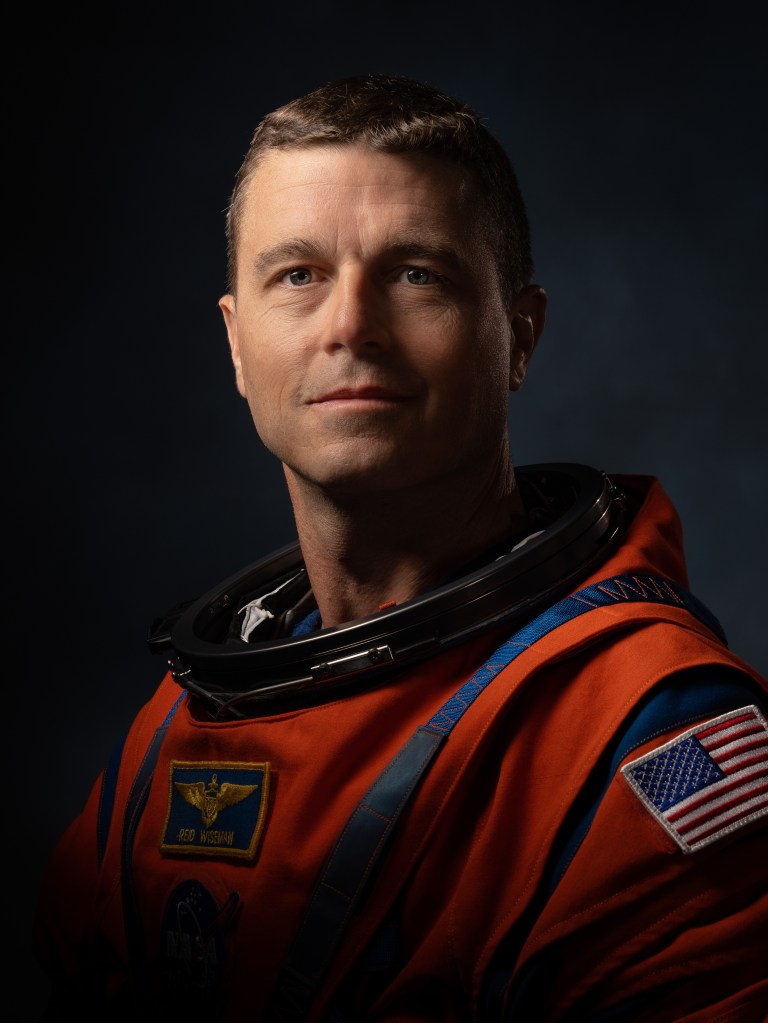

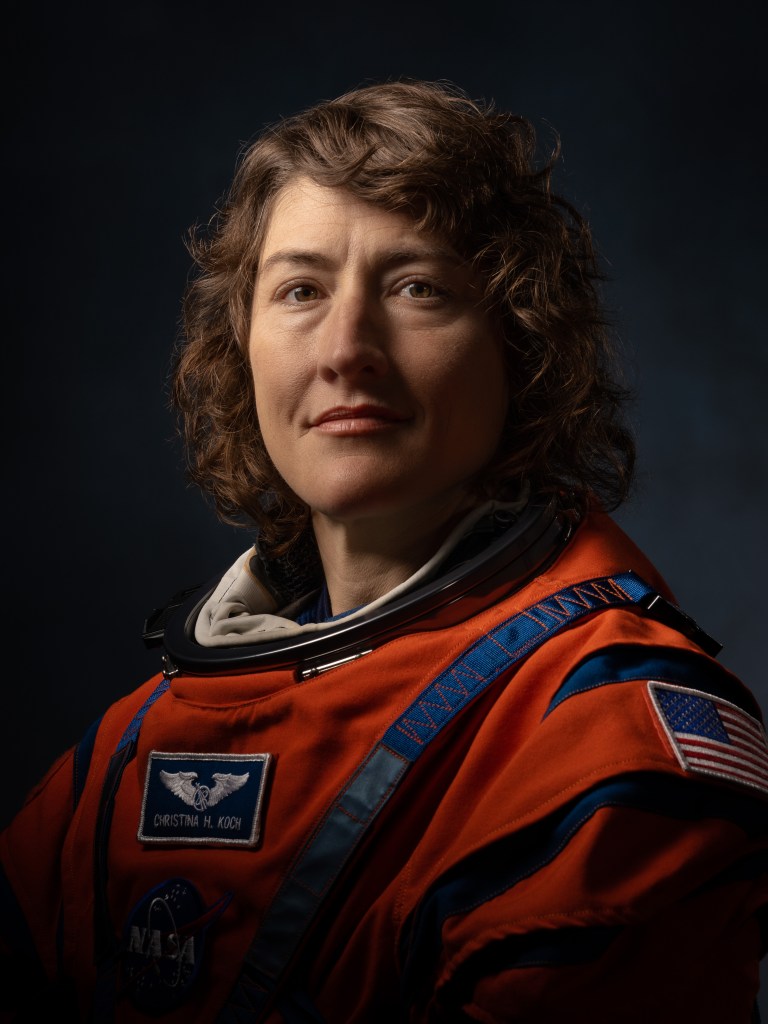
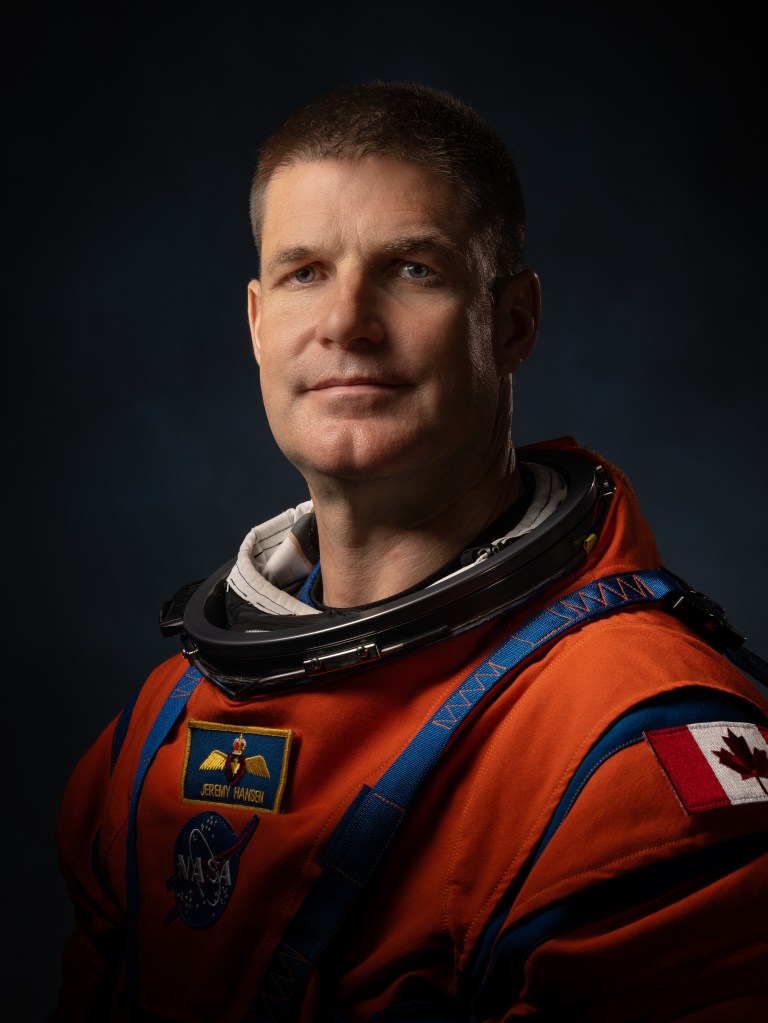
Meet the Astronauts Who Will Fly Around the Moon
Four astronauts have been selected for NASA’s Artemis II mission: Commander Reid Wiseman, pilot Victor Glover, and mission specialist Christina Koch from NASA, and mission specialist Jeremy Hansen from the Canadian Space Agency. Artemis II will be NASA’s first crewed flight test of the Space Launch System rocket and Orion spacecraft around the Moon to verify today’s capabilities for humans to explore deep space and pave the way for long-term exploration and science on the lunar surface.
More VideosNext Generation of Explorers
Artemis II is NASA’s first mission with crew aboard our foundational deep space rocket, the SLS (Space Launch System), and Orion spacecraft and will confirm all the spacecraft’s systems operate as designed with crew aboard in the actual environment of deep space. The mission will pave the way to way for lunar surface missions, establishing long-term lunar science and exploration capabilities, and inspire the next generation of explorers – The Artemis Generation.
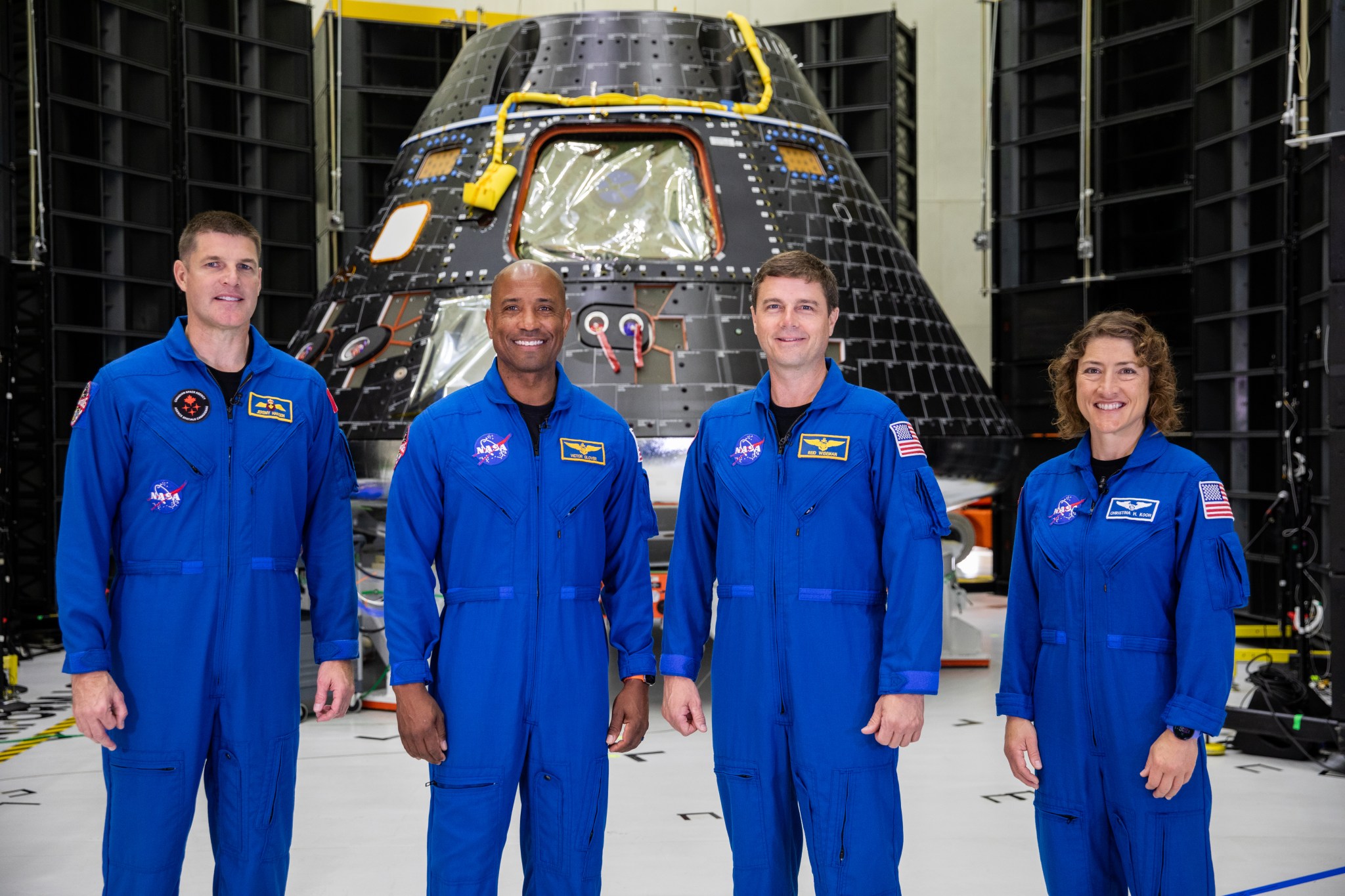
A Bold Mission
The crew of four astronauts will lift off on the approximately 10-day mission from Launch Complex 39B at NASA’s Kennedy Space Center in Florida, blazing beyond Earth’s grasp atop the agency’s mega Moon rocket. Over the course of about two days, they will check out Orion’s systems and perform a targeting demonstration test relatively close to Earth before then beginning the trek toward the Moon.
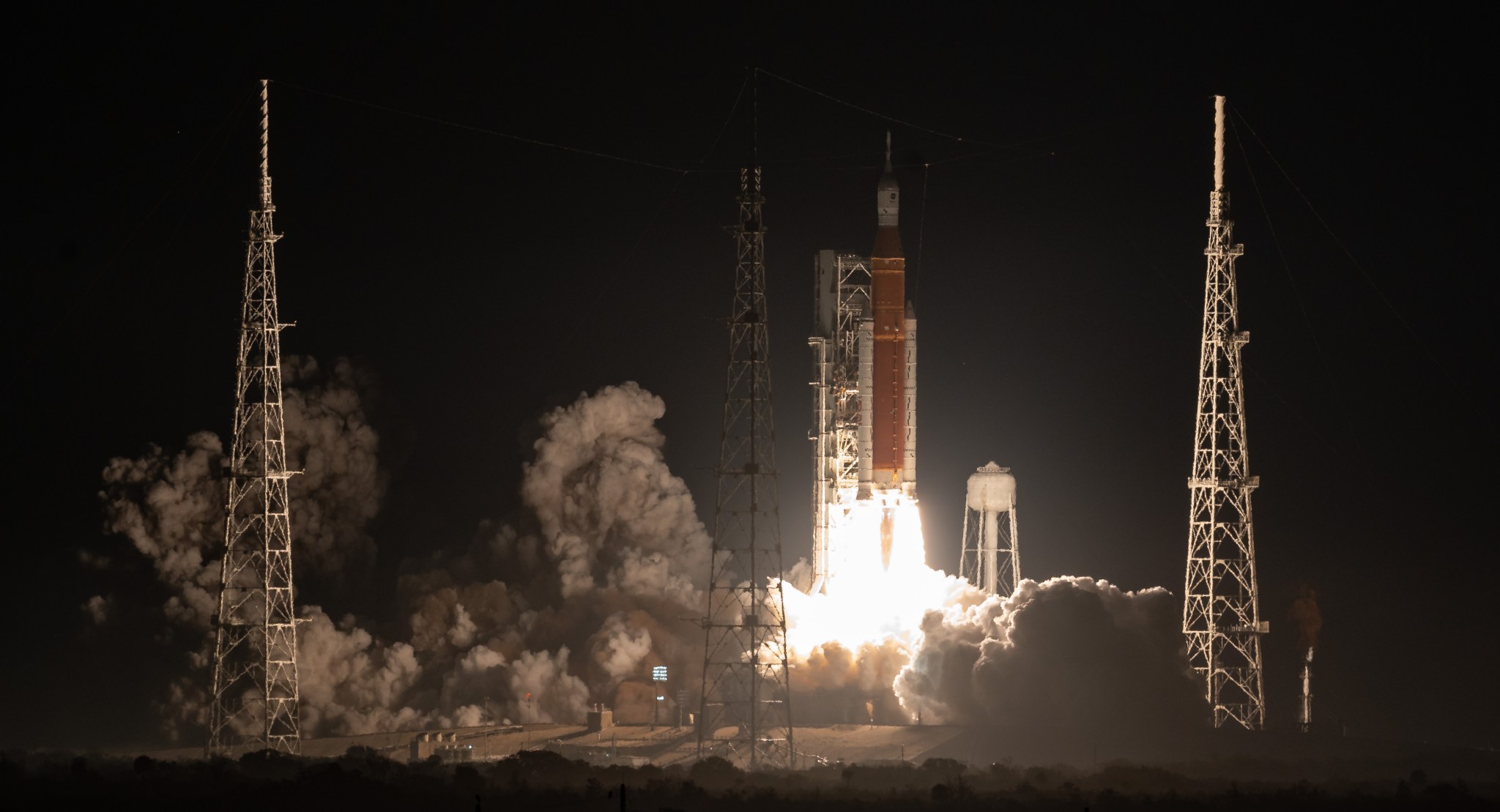
Orion’s European-built service module will give the spacecraft the big push needed to break free from Earth orbit set course for the Moon. This trans-lunar injection burn will send the astronauts on an outbound trip of about four days, taking them around the far side of the Moon, where they will ultimately create a figure eight extending more than 230,000 miles from Earth. At their max distance, the crew will fly 4,600 miles beyond the Moon. During the approximate four-day return trip, the astronauts will continue to evaluate the spacecraft’s systems.
Instead of requiring propulsion on the return, this fuel-efficient trajectory harnesses the Earth-Moon gravity field, ensuring that—after its trip around the far side of the Moon—Orion will be pulled back naturally by Earth’s gravity for the free return portion of the mission.
The crew will endure the high-speed, high-temperature reentry through Earth’s atmosphere before splashing down in the Pacific Ocean off the coast of San Diego, where they will be met by a recovery team of NASA and Department of Defense personnel who will bring them back to shore.

COnnect with the crew
